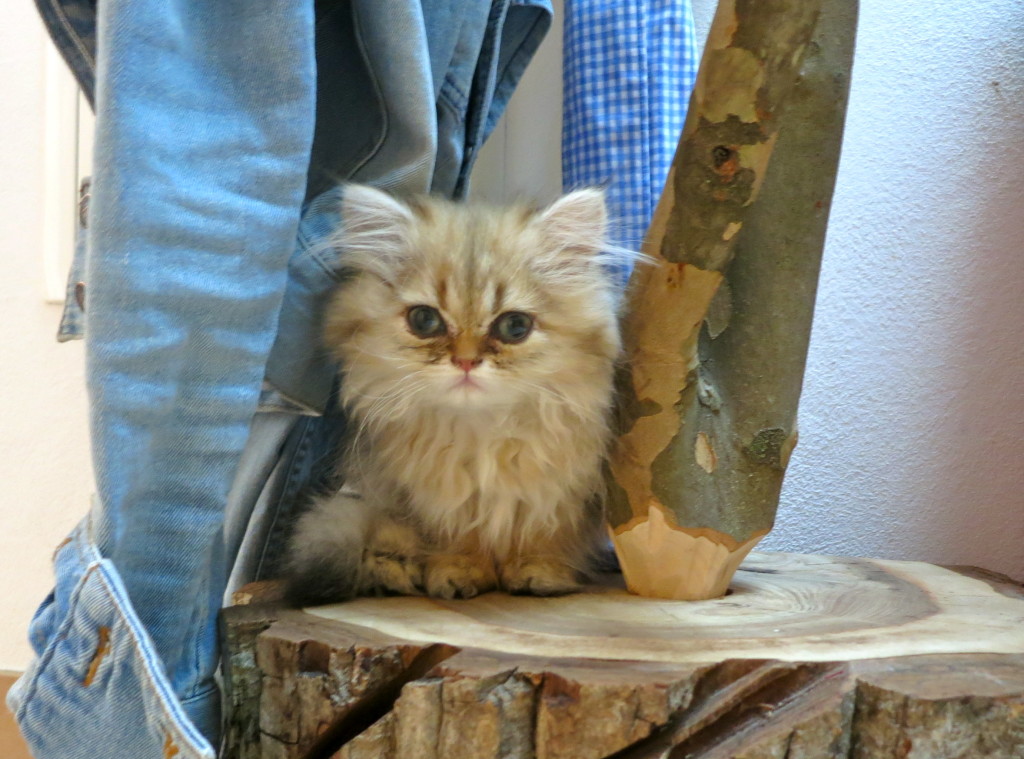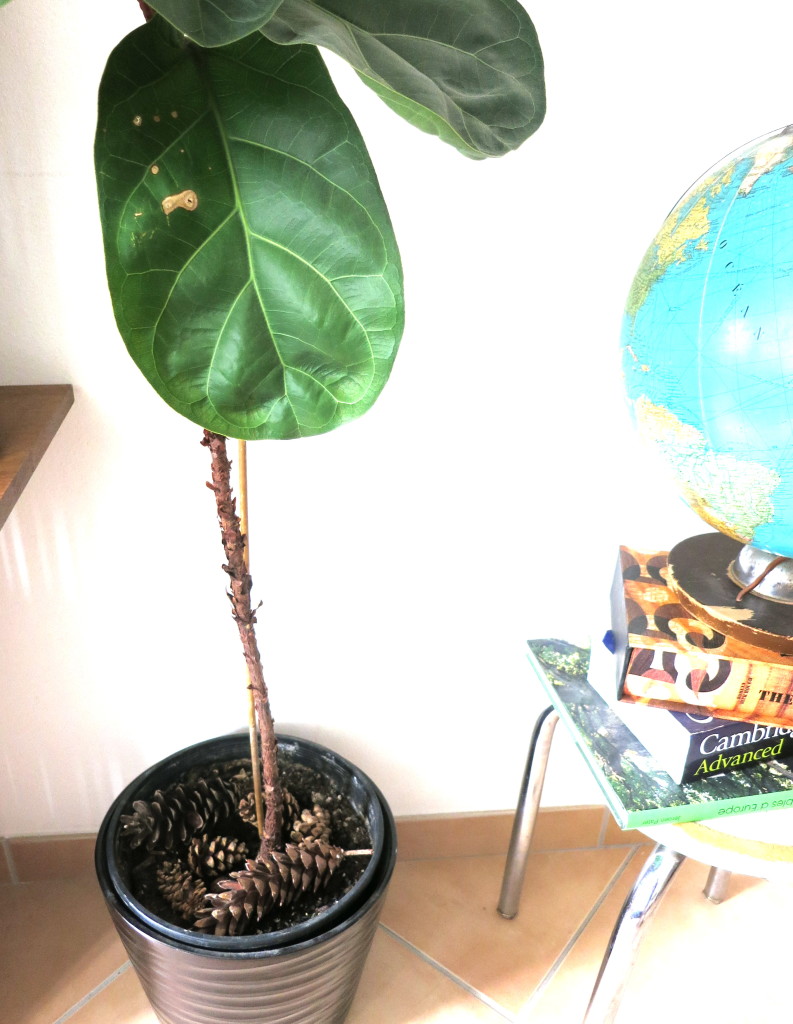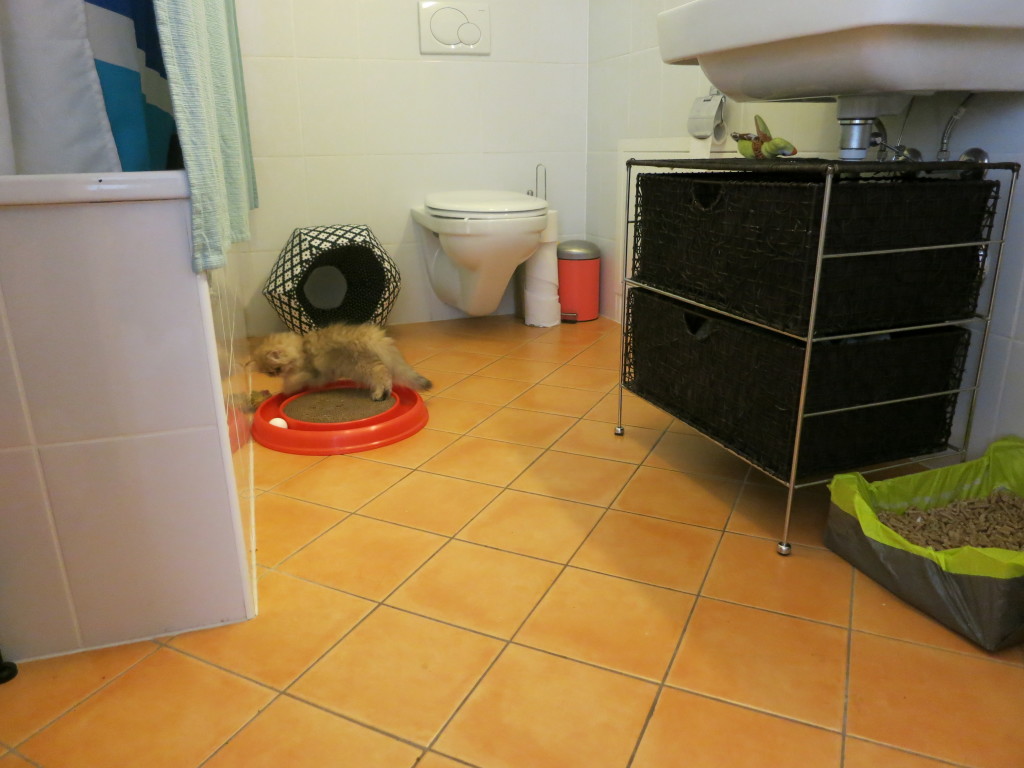This is the first time I have ever cared for such a young kitten, 11 weeks old. It’s been so exciting and at times worrisome but everything is going so well now, I’m very happy. Below are a few of the things I’ve learned along the way.
Eating:
She did not eat for the first 20 hours in my home. This was a bit worrisome for me, but turns out is normal during such a big transition for a kitten. She was eating on her own and stopped nursing over 4 weeks before I brought her home. I fed her the exact same food she was eating before and still wouldn’t eat. After the first 24 hours she began eating as normal, and ate a lot, non-stop.
The younger the kitten the more often it needs to eat. A minimum of 3 times a day but 5 times is even better. I kept Elizabeth on the same food for the first two weeks before changing. I wanted her to be well adjusted, eating, using the litter box and comfortable with Cornelius before I changed her food.
Remove anything that could resemble a littler box:
This could be a pile of clothes, a flush rug, bath mats, etc. My kitten chose a potted plant to use as a litter box. I then saw her trying to get into all of my plants. I filled the bottoms with pine cones. This prevented her from peeing and playing in my plants. Rocks could work but some plants do not respond well to layers of rocks on the top. Pine cones worked great because the texture is undesirable for a kitten. Anytime I saw her trying to get into the plants I put her in the litter box.
Cat Litter
It is recommended to use the same cat litter that your kitten was using. I would have resorted to this if absolutely necessary. But I know it’s easier for a kitten to use a new type of litter than an adult cat. And I knew I only wanted to use wood pellets. So I started her on wood pellets right away rather than using clay or mixing. And luckily it worked!
Be prepared to clean
Accidents may happen. Be prepared to do laundry and have a bio-enzymatic Pet Odor Cleaner ready to help take away and neutralize smells.
Be patient
Patience is required when caring for all pets. Kittens will need time to feel comfortable, explore and develop eating and toilet patterns. It is much better to go slow especially when introducing to other pets.
Safe room
The safe room is the first room your kitten will stay in when you bring her home. When you need to leave the house you can put her back in this room and you will know she will stay safe and not get lost or have accidents. This is especially important if you have a large home. Kittens should start in one room and slowly over days or a week or two let them have more access to your home.
Safe room essentials: litter box, food and water (but not too close to the litter box) a soft bed, toys such as balls or mice. The Bergan Scratcher Cat Toy as featured in the picture is a classic and must have toy because it’s a toy and scratcher in one.


